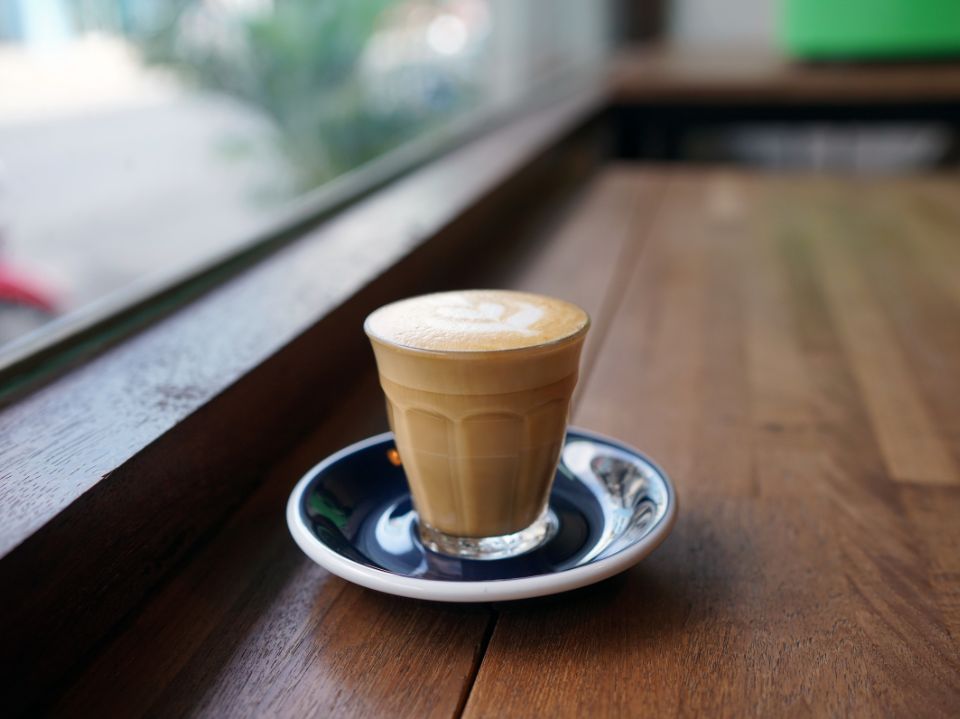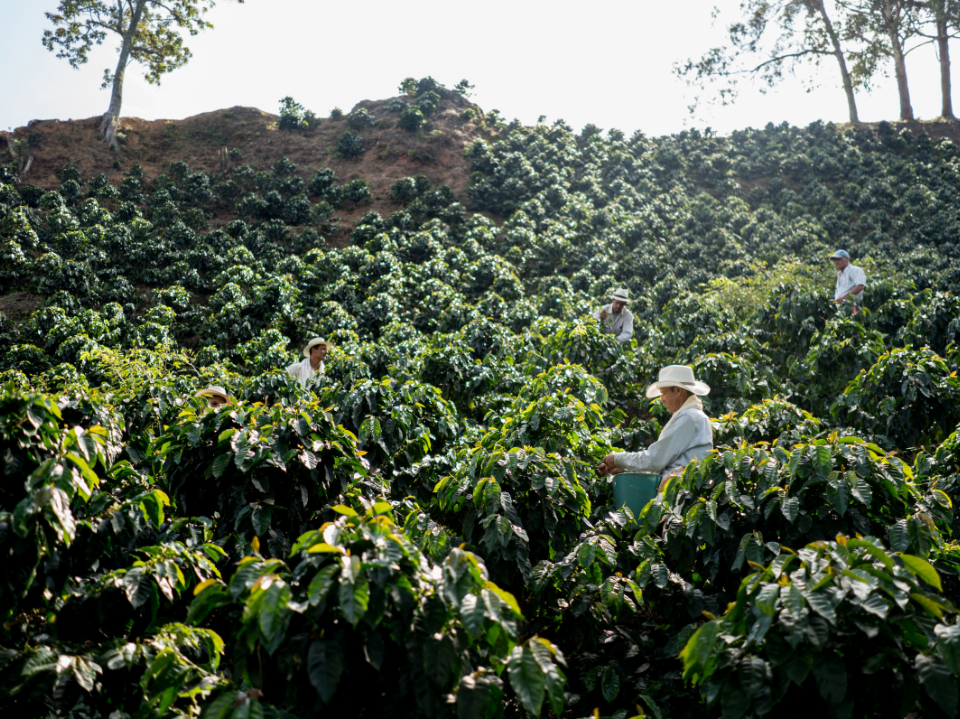South America is home to some of the best coffee in the entire world because of its ideal geographical locations for growing coffee. While Brazil coffee is exported the most out of any other country, Peru coffee isn’t too far behind.
Brazil coffee beans vary from Peru coffee beans, but one factor remains the same across all of South America — South American beans include flavour notes of chocolate, caramel, and nuts.
In this blog, we have outlined the major differences between Brazilian coffee and Peruvian coffee so you can determine which is right for you.
Brazil Coffee Region Explained
Brazil coffee makes up approximately 60% of the world’s coffee. Brazilian coffee beans are grown in a humid and tropical climate, allowing Brazil to produce an amazing Arabica bean.
Many premium coffee blends come from the Minas Gerais state which itself comprises the Cerrado de Minas, Chapada de Minas, Matas de Minas, and Sul de Minas regions. More superb Brazilian states that produce exquisite coffee include the Parana, Bahia, Sao Paulo, and Espirito Santo states.
Brazil coffee beans have low acidity with a nutty, sweet flavouring and include hints of chocolatey and fruity goodness. Most of Brazil’s coffee production is dry processed (unwashed or natural).
Peru Coffee Region Explained
Peru’s mountainous environment allows it to produce delicious tasting coffee. Higher altitudes are better for coffee growing, and Peru coffee is grown at 1,200 metres above sea level.
Peru is known for its selection of Arabica beans, which are grown in regions including Cajamarca, Junin, San Martin, and Cusco.
Coffee from Peru is generally produced using the washed method. Peru coffee beans have a mild and bright acidity, a light body, and a sweet and floral flavour profile.
Influence of Each Region Across the World
In recent years, coffee lovers around the world have gained a deeper understanding of quality coffee. This has created a greater demand for specialty coffee, which is coffee that is graded 80 points or above on a 100-point scale by a certified coffee taster.
Brazil controls more than 30% of the international production, and about 10% of Brazil’s coffee production comes from the specialty segment.
Since Peru coffee farmers don’t have access to pesticides or chemical fertilisers, most of the beans produced are organic. This improves the flavour of Peruvian coffee beans and keeps up with consumers’ desire for organic coffee rather than conventional coffee.
What Region Produces Specialty Coffee?
While Brazil coffee farms don’t all produce specialty coffee, there is spectacular Brazilian coffee out there. Good Brazilian coffee adds a lot of flavour to an espresso blend or a cappuccino.
With high altitudes and fertile soil, Peru produces some tasty specialty coffees. Peru coffee farmers handpick and hand-process each bean, delivering high-quality Arabica coffee beans. Most Peruvian coffee beans are direct-trade or fair-trade certified, usually bringing with them an elevated status.
Shop Brazil and Peru Coffee
At Di Stefano, we take pride in delivering premium, high-quality Peru and Brazil coffee. Our Brazilian Signature Blend is a dark roast coffee with notes of chocolate, cinnamon, and fig that make a delicious flat white or cappuccino.
Our Fair Trade & Organic Medium Roast Coffee Beans from Peru consist of a tasty medium roast with floral and citrus undertones that makes for a perfect espresso.
Try some of the best coffee from both Brazil and Peru today!



